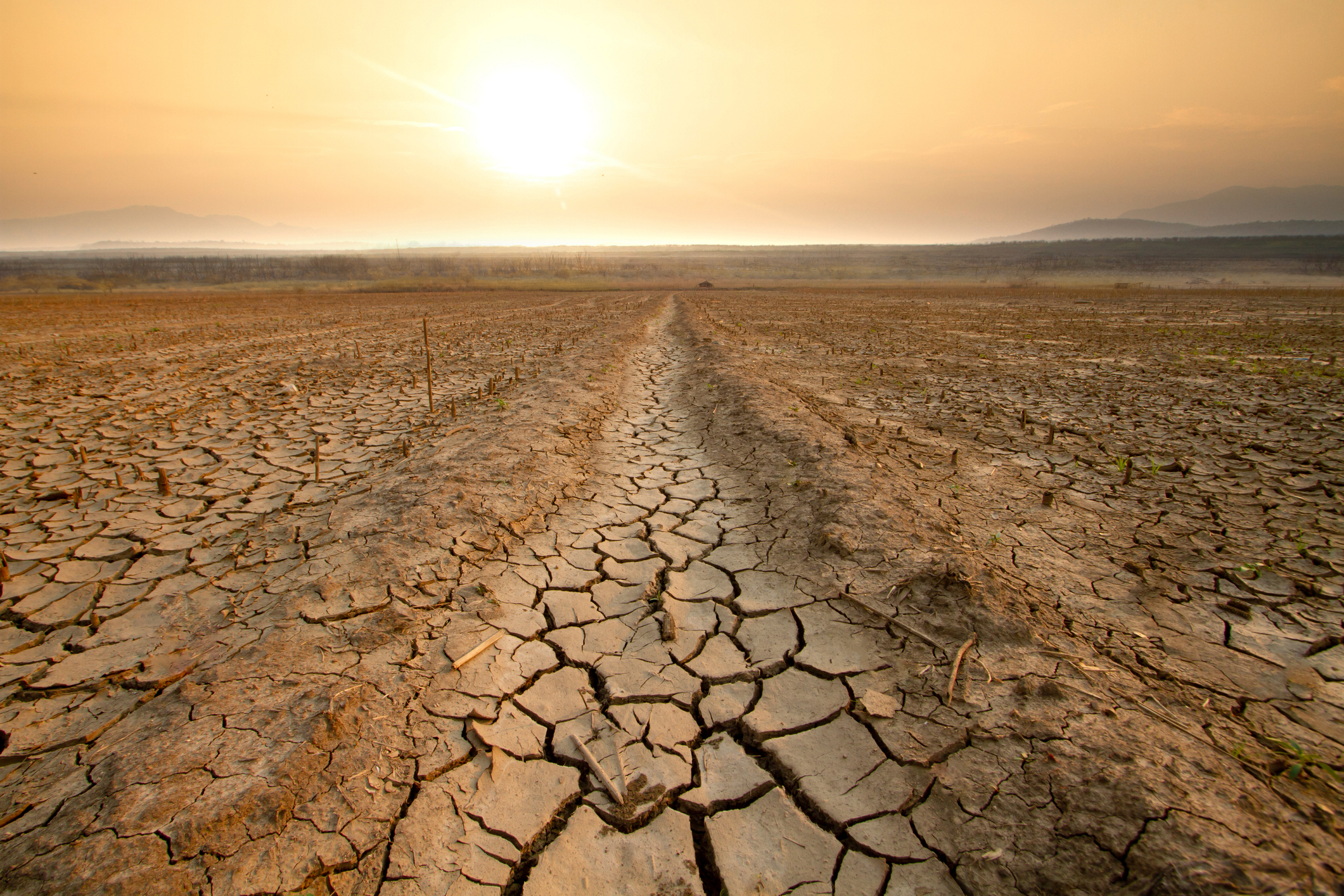“Human-caused climate change is already affecting many weather and climate extremes in every region across the globe.”
Australian surface air temperatures have risen by around 1.5°C, and will continue to rise until at least 2050 under all plausible emission scenarios, making further increases in some climate extremes inevitable.
Our ability to detect changes in our climate, and attribute these to human-caused climate change is very high for global scale changes in quantities like temperature, rainfall and atmospheric pressure. Detecting changes in the frequency or intensity of individual extreme events, and attributing these to human-caused climate change, is much harder and needs to be approached hazard by hazard.
At the global scale, it is virtually certain that hot extremes have been increasing due to climate change, it is likely that high intensity rainfall events are increasing, and there is medium confidence that climate change will result in an increase in drought and fire weather. However, considering specific events that impacted Australia in 2023, it typically takes several years of research before clear statements can be made as to whether (or to what extent) climate change played a role.
In Australia, the frequency and intensity of heatwaves has increased across most of the continent since the 1950s. The number of annual marine heatwave days has more than doubled over the last century. Short duration rainfall events have been seen to be intensifying in some regions of Australia, including Sydney which has observed a 40% increase over the last 20 years. For south-western and parts of eastern Australia, increases in drought occurrence are showing an emerging link to climate change. Considering bushfires, research suggests the character of fire events may continue to worsen in the future.
While general statements about the increase in extremes can be made robustly, Section 3 of this report describes a selection of extreme events from 2023. These events are associated with natural processes, potentially modified by climate change. Robust event attribution requires extensive analysis, and our ability for attribution varies substantially depending on the type of event and our ability to observe and model the event.
The Centre is continuing to explore the impacts of local, regional and global scale processes in shaping extreme events, and how these are changing. Briefing notes are available for further details on Detection and Attribution and Event Attribution.
Research contacts:
Professor Julie Arblaster, julie.arblaster@monash.edu Professor Lisa Alexander, l.alexander@unsw.edu.au

